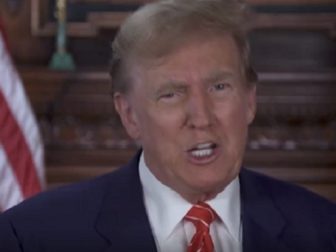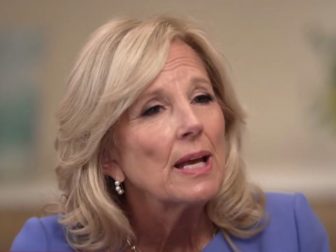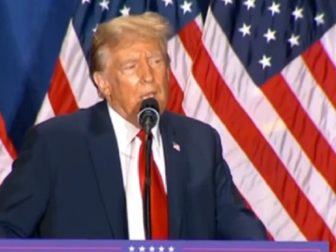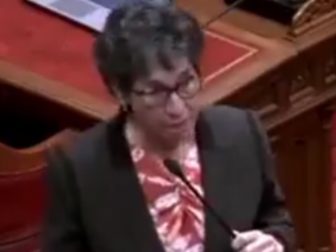China Forced to Relax Birth Restriction as Aging Population Presents Nightmare
The Chinese government announced Monday that it is raising the cap on the number of children married couples can have from two to three kids.
In a Monday meeting, chaired by China’s President Xi Jinping, where officials reviewed birth policies to promote long-term “balanced” population growth,” the Chinese Communist Party’s politburo decided to “support couples who wish to have a third child,” the People’s Republic of China’s official state-run media agency, Xinhua News, reported.
China’s government believes that introducing the new three-child policy and associated policies will “improve China’s population structure, actively respond to the aging population, and preserve the country’s human resource advantages,” according to the Xinhua News report.
Chinese officials at the meeting, according to Xinhua News, also said that “education and guidance should be provided to promote marriage and family values among marriage-age young people.”
“Efforts are needed to improve prenatal and postnatal care services, develop a universal childcare services system, promote fairness in education, increase the supply of quality educational resources, and reduce family spending on education,” they said.
Officials, according to Xinhua News, added that while the country implements the new three-child policy, it “should also continue to implement its current reward and assistance system as well as preferential policies for families with one child and rural families with only two daughters who were born before the implementation of the two-child policy.”
Earlier last month, Reuters, citing data from China’s most recent once in ten years census, reported that the rate of China’s population growth in the 2010s was the lowest since the 1950s.
This global population projection by the Lancet is amazing. Nigeria to have more people than China by 2100. pic.twitter.com/kOx4d1EK3Z
— Stig Abell (@StigAbell) May 24, 2021
The decline alarmed Chinese policymakers who fear the country might have already entered an irreversible population decline without attaining the household wealth G7 nations have, Reuters reported.
The census data, according to Reuters, suggested that China missed its 2016 target to raise its population to 1.42 billion people by 2020.
Chinese officials believe the trend of China’s population growth slowing down will continue in the coming years.
“From the trend of population development in recent years, the population growth will continue to slow in the future,” Ning Jizhe, head of the National Bureau of Statistics, said, according to Reuters.
“China’s population will reach a peak in the future, but the specific time is still uncertain. It is estimated that China’s total population will remain at more than 1.4 billion in the near future,” Ning said, Reuters reported.
[firefly_poll]
According to information from the Central Intelligence Agency, China has one of the world’s lowest fertility rates ranking 185 of 227 countries/territories at 1.60 births per woman.
As data reveals issues in China’s growth model, many individuals from central bank officials to entrepreneurs have called for the country to fully lift its restrictions on the number of children Chinese couples can have, The Washington Post reported.
Besides falling birthrates, China has seen a rise in its aging population, which Chinese officials believe “will reduce supply in the labor force while increasing the burden on families’ elderly care and the pressure on the supply of basic public services,” Xinhua News reported.
China in the past had tried to reverse its falling population growth rates by introducing a two-child policy, ending its draconian one-child policy. However, those attempts to raise the population growth rate failed, according to the BBC.
This article appeared originally on The Western Journal.











